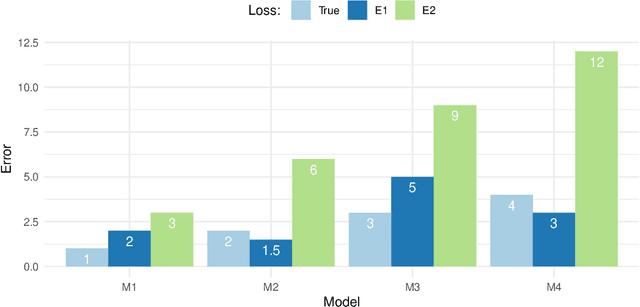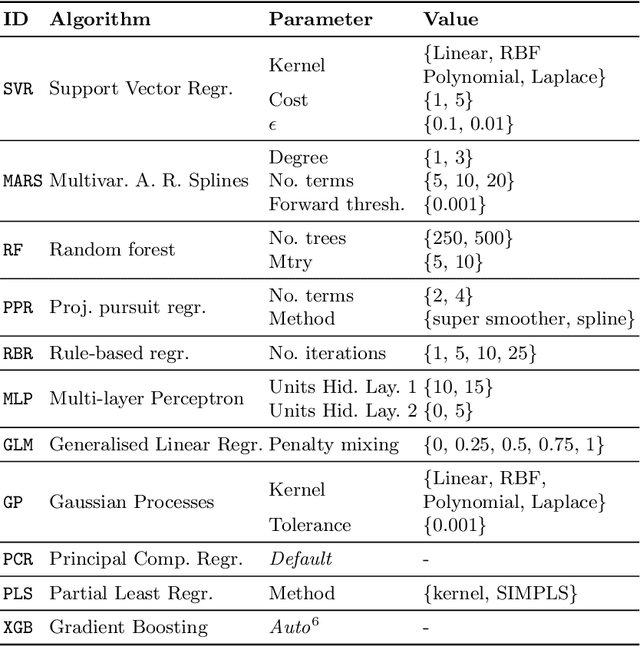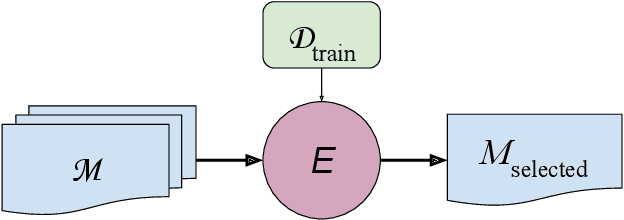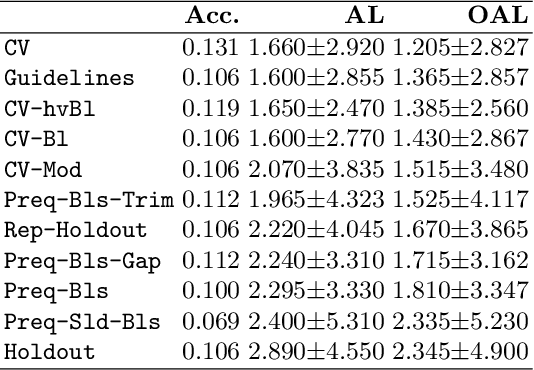Model Selection for Time Series Forecasting: Empirical Analysis of Different Estimators
Paper and Code
Apr 01, 2021



Evaluating predictive models is a crucial task in predictive analytics. This process is especially challenging with time series data where the observations show temporal dependencies. Several studies have analysed how different performance estimation methods compare with each other for approximating the true loss incurred by a given forecasting model. However, these studies do not address how the estimators behave for model selection: the ability to select the best solution among a set of alternatives. We address this issue and compare a set of estimation methods for model selection in time series forecasting tasks. We attempt to answer two main questions: (i) how often is the best possible model selected by the estimators; and (ii) what is the performance loss when it does not. We empirically found that the accuracy of the estimators for selecting the best solution is low, and the overall forecasting performance loss associated with the model selection process ranges from 1.2% to 2.3%. We also discovered that some factors, such as the sample size, are important in the relative performance of the estimators.
 Add to Chrome
Add to Chrome Add to Firefox
Add to Firefox Add to Edge
Add to Edge